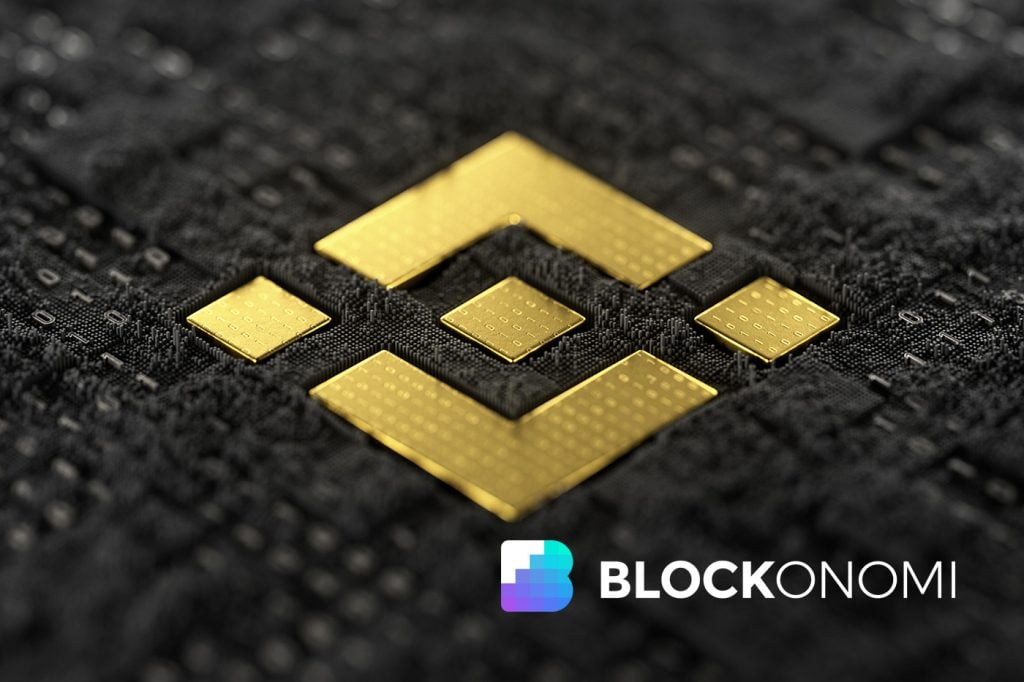The collapse of FTX has raised doubts about the future of the entire crypto economy, particularly centralized exchanges. FUDs are now everywhere in crypto, and many are pointing to the largest crypto trading platform Binance.
Some FUDs may be overreactions and far from the truth while others are chances to really look into the occurrence.
Jump Ahead To:
Binance Fundamentals
We see Binance everywhere, digitally but its headquarter remains a question. While FTX is headquartered in the Bahamas, the case with Binance is not quite as simple.
The crypto exchange giant has offices in Dubai, Paris, Singapore, and many more. Still, there seems to be no single global holding company.
CZ explained in a July podcast that it is part of the company’s decentralized philosophy, assuring the centralized exchange had a global holding company and people would soon know that.
Binance also shows some affinities with FTX. If FTT is FTX’s native currency, BNB is Binance’s digital asset native. Over time, the BNB token has become more powerful since it is associated with the Binance ecosystem.
Analysts point to Binance’s financial situation and performance as a fuzzy, unclear picture to be trusted. It’s hard to tell whether the whole backdoor story of FTX and Alameda Research could happen with Binance based on the information.
However, the fact that the firm doesn’t disclose the token’s role, in addition to basic financial information, in the balance sheet, is considered some type of red flag.
A Huge Player in the Crypto Markets
According to Reuters, Binance has processed over $22 trillion in total transactions this year, but most of the activities are hidden from public view.
The exchange offers crypto loans and margin trading to customers but does not detail the level of risk or reserves to ensure users’ withdrawals are not frozen; something that reminds us of the FTX disaster.
Again, there’s a fair explanation. Binance is not a public company and the firm has not raised external funds since 2018. So sharing financial information is optional but too little information likely takes criticisms further.
Didn’t Binance Make The First Move?
Back in 2019, Binance announced its strategic investment in FTX in an effort to develop the crypto economy. CZ’s company also bought FTX tokens to facilitate the sustainable development of the FTX ecosystem.
At that time, Binance was FTX’s initial investor. Later on, Binance was among the first figures that revealed FTX’s resistance to transparency. To be fair, the FTX fallout was ignited by Coindesk’s report and Binance made the next moves to protect its users.
The breakup of the Binance-FTX deal shook the market but the aftermath hit rock bottom. Binance’s Zhao said publicly that the company was selling its shares in FTT tokens, the sell-off took place and there was nothing FTX could do to stop it.
In fact, FTX’s complete fallout put Binance in a more vulnerable position. The crisis of trust prompted massive outflows from the Binance exchange last week but it eventually managed to handle the tough situation.
CZ has consistently stated that the exchange does not misappropriate user funds, as FTX is accused of doing, and that Binance may handle an unlimited number of withdrawals.
The Need for Even More Transparency
CZ demanded that the addresses used by exchanges to hold reverses – the Proof-of-Reverses – be made public. However, the approach is deemed to be ineffective to demonstrate transparency.
Binance intentionally dodged regulatory attention in the United States by forming a separate legal business, Binance US. CZ denied signing the decision to establish Binance America, claiming that the business was established on the advice of top lawyers.
It has been reported that the Department of Justice is investigating Binance for money laundering and sanctions violations. Accounting for over half of cryptocurrency trading volumes is a good reason to be on the radar of the US authorities.
While available information doesn’t offer any concrete proof that Binance would end up like FTX, there is one sufficient flaw – regulations. And since Binance’s operations are linked to different jurisdictions, it’s important to keep an eye on regulatory changes.
The post What’s Going on With Binance? Why the FUD? appeared first on Blockonomi.

